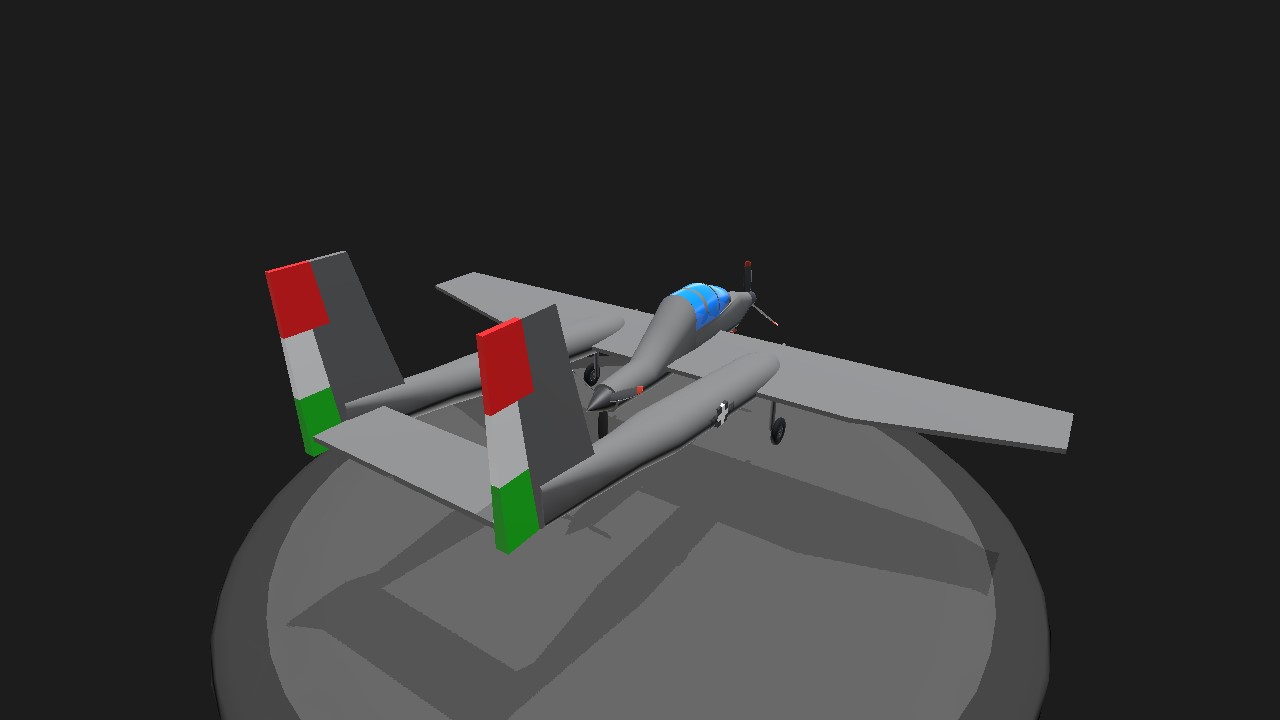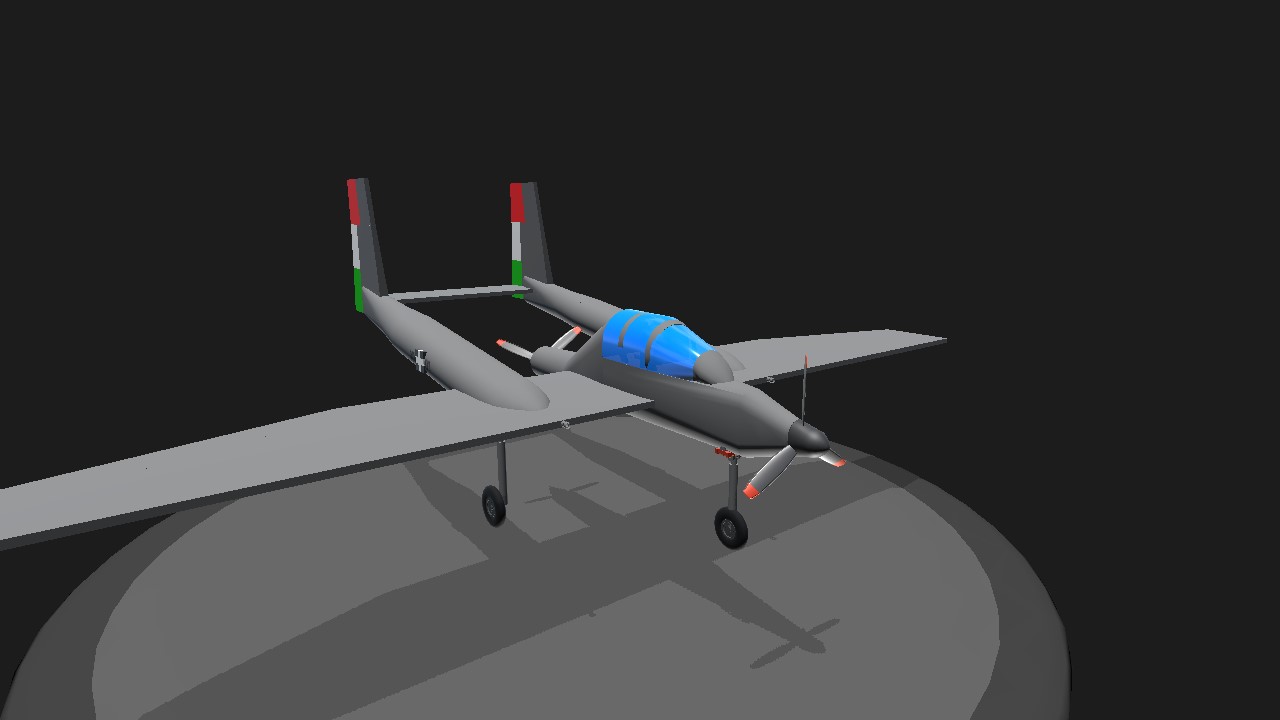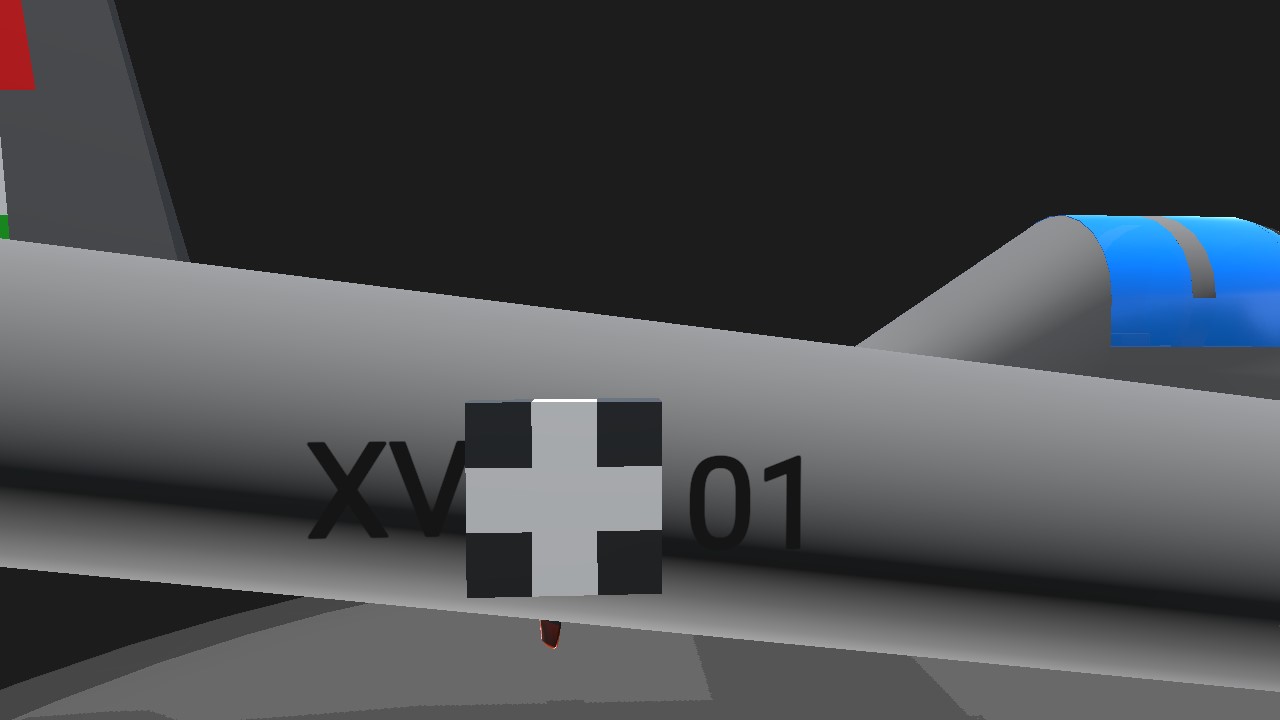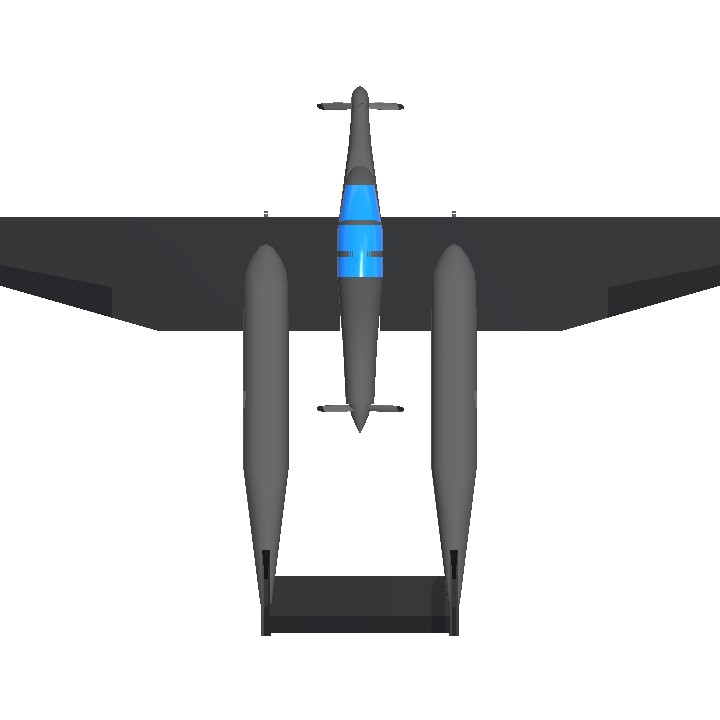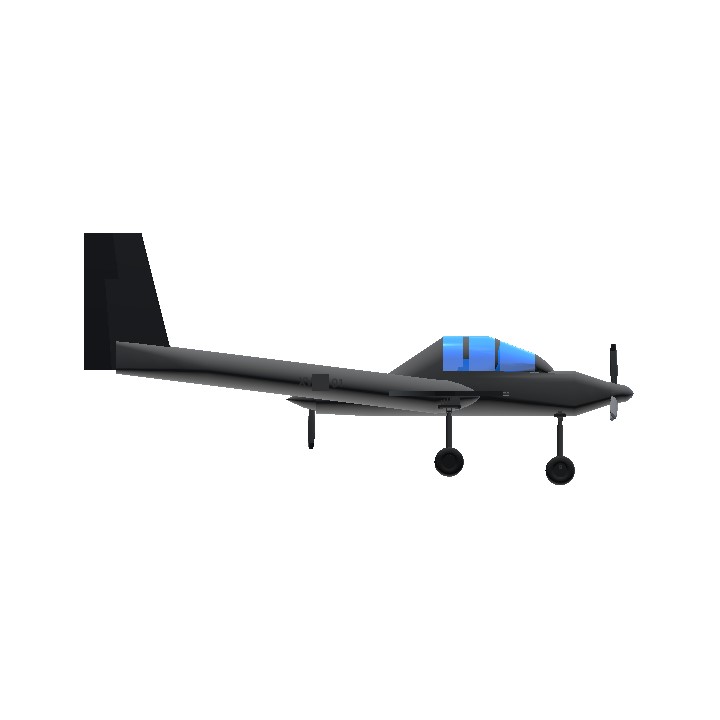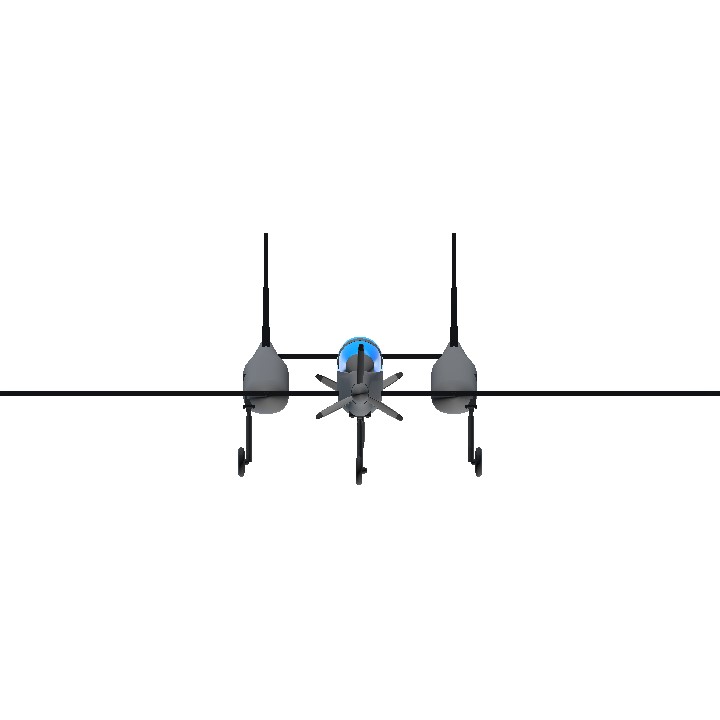An unknown hungarian heavy fighter from ww2. There are only two wikipedia pages about this Airplane. Also this plane looks like a combination of the P-38 and the Do-335.
Wikipedia Page (hungarian):
https://hu.m.wikipedia.org/wiki/RMI-8
Wikipedia:
The RMI-8 (Flying Technical Institute) is an experimental fighter aircraft, which was the result of experimental work under the code X/V during 1943-1945 under the leadership of Vilmos Marton, Dezso Marton and László Varga.
History
The aircraft was designed as a four-speed, heavily armed fighter using the main elements of the Bf 109G (mainly G-6 variant) then produced in Hungary at the Raba factory, to attack Anglo-Saxon and Soviet bomber groups escorted by fighter aircraft. In this sense, it was intended as a partial joint replacement for the Me 210 and the Bf 109G fighter aircraft. The aircraft was also the pinnacle of aircraft development in Hungary.
Since no more powerful engine was available, two Daimler-Benz DB 605A-1 powerplants were to be used, in a push-pull arrangement to minimize drag. Unlike the German Do 335, however, the pusher propeller was not located at the end of the aircraft, but directly behind the engine, so that the control surfaces were carried by two tubular supports. The aircraft was thus similar in appearance to the Saab 21 and the Vampire fighter aircraft. With the two engines, the all-metal aircraft would have been capable of reaching quite high speeds, up to 800 km/h vmax without MW50 accelerators.
Because of the rear propeller, the pilot would not have been able to exit the aircraft by conventional means, so a spring-loaded ejector seat was installed. In order to achieve good manoeuvrability (manoeuvrable aerial combat), the aircraft was designed to be small and could therefore carry a relatively small amount of fuel and armament, i.e. two machine guns could be fitted alongside two machine guns in the wings. Given its armament and aerodynamic characteristics, it would have been a very potent fighter aircraft, capable of taking on the most advanced enemy fighters and bombers with the hope of success, and the rear power plant would have provided some protection against hits to the pilot and front engine, thus giving the type a high survivability.[4]
However, the completed prototype, marked XV+01, was destroyed in a bombing raid on 13 April 1944 before test flights, and the possibility of building another aircraft was ruled out by the war situation, and the type was long forgotten after 1945.
Technical data
Role: interceptor fighter aircraft
Crew: 1 person
Wingspan: 11.8 m
Length: 10.2 m
Height: 3.5 m
Take-off weight: 3,800 kg (the figure has been published in several national publications, but is certainly wrong, because the combined weight of a loaded Bf 109G-6 fuselage and two DB engines exceeds this value, even without the extra armament, 3,904 kg)
Max speed: 800 km/h (theoretical calculations)
Range: 1000 km (tank reserve)
Flight altitude: 11 500 m
Weaponry: 2 8 mm Gebauer or 13 mm MG 131 propeller-driven machine guns in the fuselage above the front engine, 2 30 mm MK-108 machine guns in the wings.
Engine: 2 Daimler-Benz DB 605 A-1, 2x1475 hp
Specifications
General Characteristics
- Predecessor Push-Pull Prop Challenge (CLOSED)
- Created On Android
- Wingspan 51.8ft (15.8m)
- Length 39.4ft (12.0m)
- Height 18.0ft (5.5m)
- Empty Weight 10,014lbs (4,542kg)
- Loaded Weight 15,834lbs (7,182kg)
Performance
- Horse Power/Weight Ratio 0.186
- Wing Loading 30.0lbs/ft2 (146.4kg/m2)
- Wing Area 528.1ft2 (49.1m2)
- Drag Points 4226
Parts
- Number of Parts 82
- Control Surfaces 10
- Performance Cost 408

